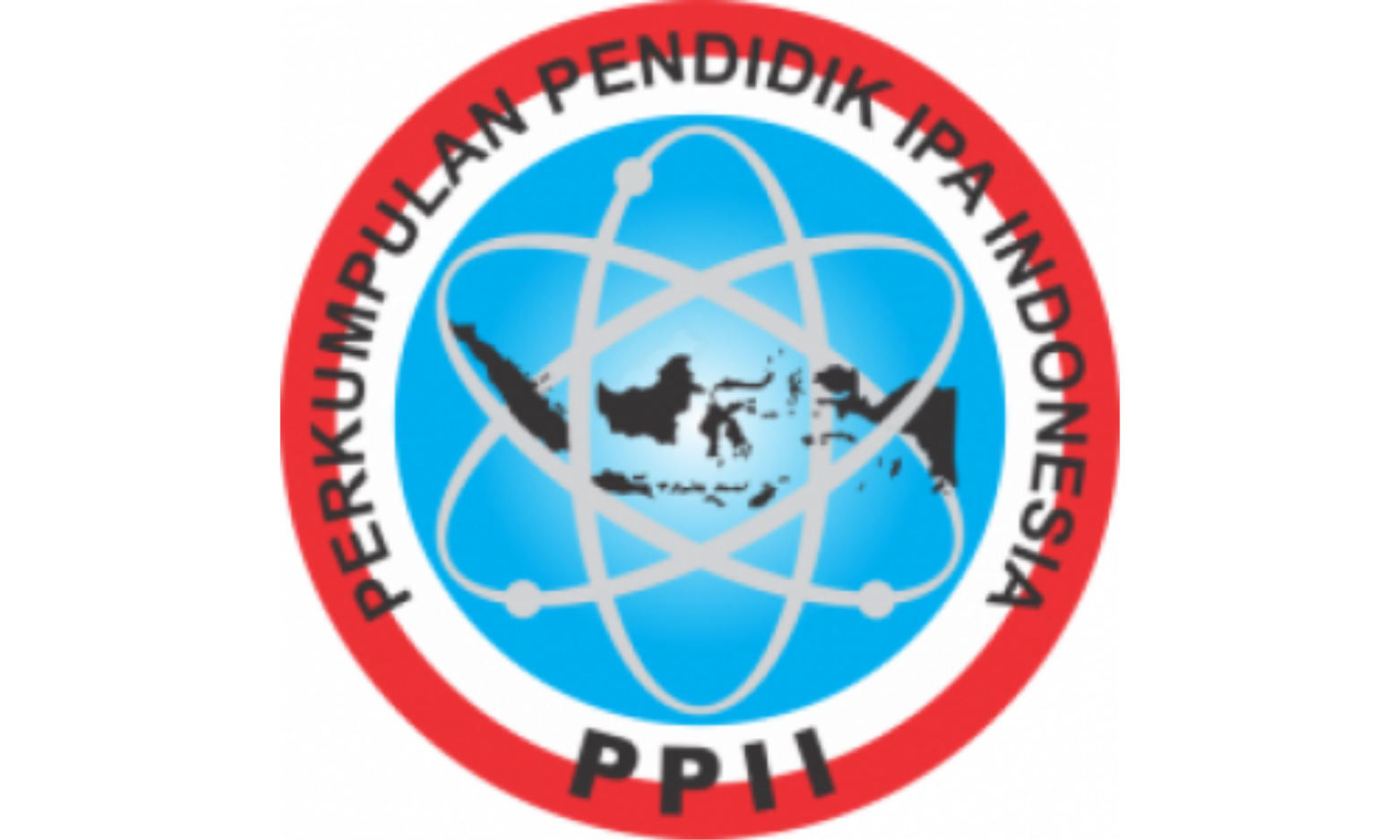ANALISIS GERAK JATUH BEBAS DENGAN METODE VIDEO BASED LABORATORY (VBL) MENGGUNAKAN SOFTWARE TRACKER
DOI:
https://doi.org/10.15575/jotalp.v3i2.6556Keywords:
video, laboratory, tracker, pixel, software.Abstract
References
Bastian, Norma. 2007. Analisis Gerak Jatuh Bebas dan Besar Gaya Menggunakan Video Based Laboratory (VBL). Yogyakarta: FMIPA UNY
Beichner, Robert.J. and Abbot, David.S. 1999. Video-Based Labs for Introductory Physics Courses: Analyzing and Graphing Motion on Video. Journal of Collage Science Teaching (JCST) 29 (2), 101-104
Brown, Douglas. 2007. Combining Computational Physics with Video Analysis in Tracker. Physic Department, Cabrillo Collage, Aptos CA 95003
Bryan, Joel. 2004. “Video Analysis Software and Investigation of the Conservation Mechanical Energy “. Contemporary Issues in Technology and Teacher Education (Online serial), 4(3). Texas A&M University. http://www.citejournal.org/vol4/iss3/science/article1.cfm
McKay, Bruce. 2006. Video-Based Motion Analysis. Saint Ignatius Collage
Supriyadi. 2008. Membedah Sains dalam Proses Sains. Yogyakarta: Jurdik IPA FMIPA UNY
Young, Hugh.D. and Freedmann, Roger.A. 2008. Sears and Zemansky’s University Physics with Modern Physics. San Fransisco: Pearson AddisonWesley
Zollman, Dean.A. and Brungardt, John. 1995. The Influence of Interactive Videodisc Instruction Using Simultaneous-Time Analysis on Kinematics Graphing Skills of High School Physics Students. Journal of Research in Science Teaching 32(8) 855-869
Zollman, Dean. A. and Fuller, Robert.G. 1994. Research Paper in Physics and Astronomy: “Teaching and Learning Physics with Interactive Videoâ€. Robert G. Fuller Publications, University of Nebrasca, Lincoln
Downloads
Published
Issue
Section
Citation Check
License
Journal of Teaching and Learning Physics is licensed under a Creative Commons Attribution-NonCommercial-NoDerivatives 4.0 International License








